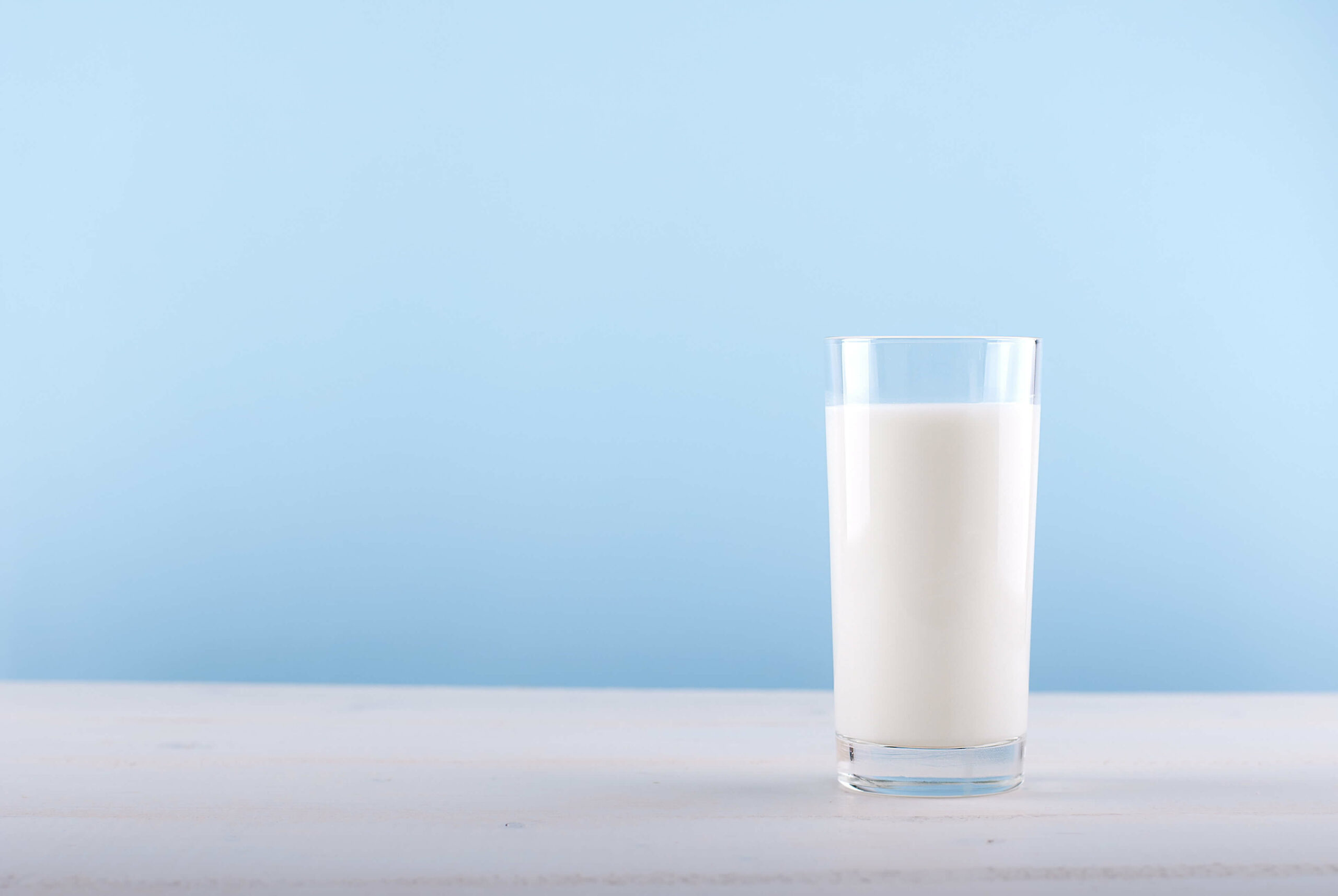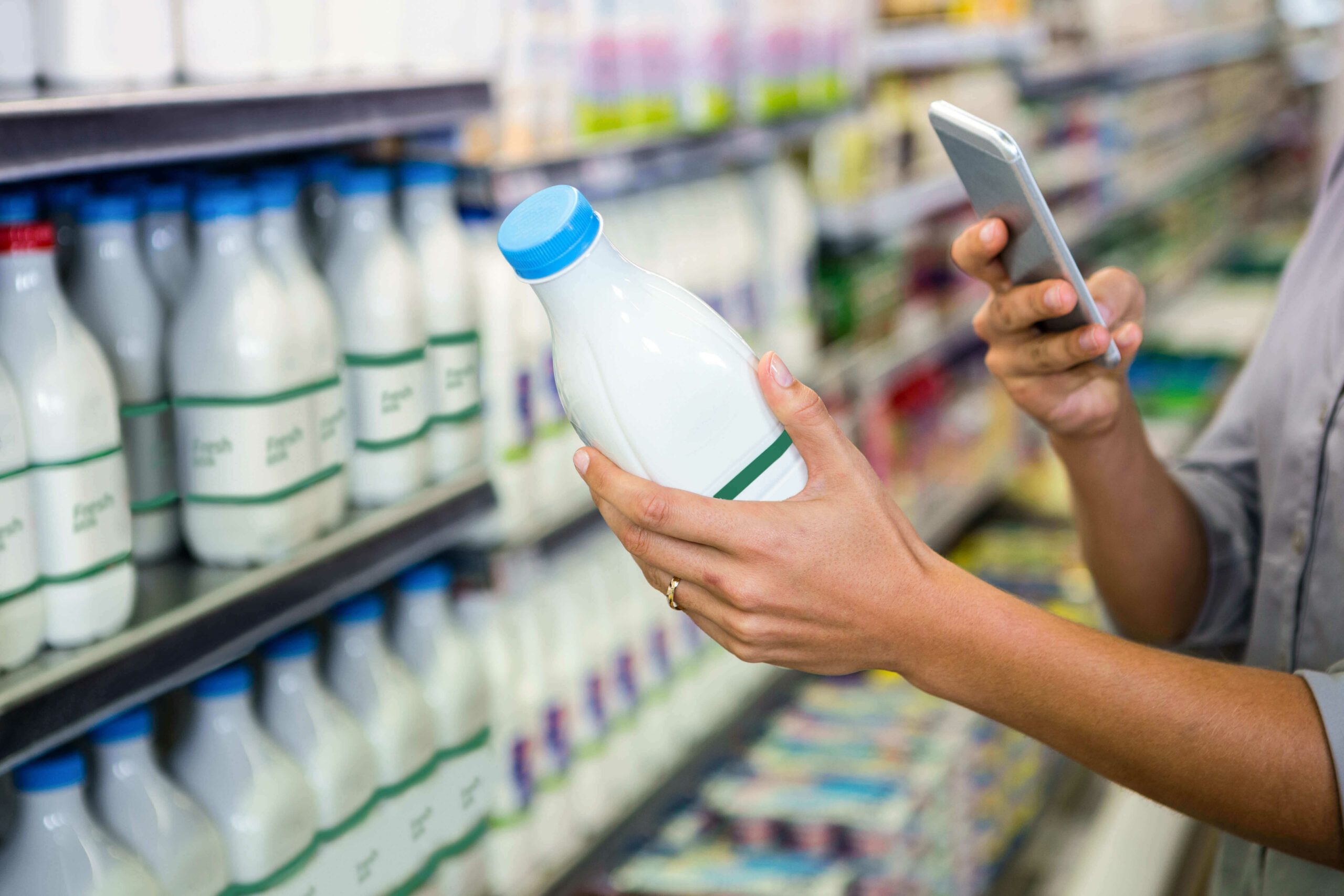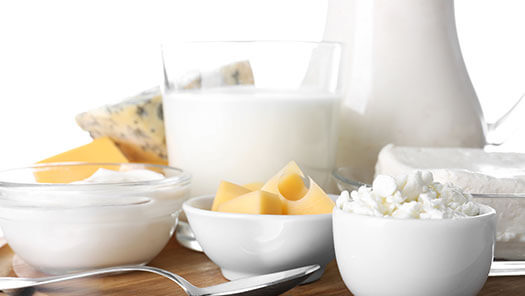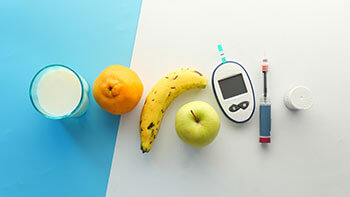Milk Nutritions Facts Milk is a source of essential nutrients. There is extensive evidence to show that including milk and..
GET THE FACTSMILK AND PLANT BASED DRINKS
There are many different plant-based beverages (PBB) available in the grocery store and it is important to know how these beverages compare to milk on a nutritional basis so you can help your patients make informed choices.
Download the Milk and Plant Based Alternatives fact sheet
Nutrients in milk vs. PBB
Milk contains 15 essential nutrients:
|
Protein Vitamin A Vitamin B12 Vitamin B6 Riboflavin |
Niacin Thiamine Pantothenic acid Vitamin D Calcium |
Magnesium Phosphorus Potassium Zinc Selenium |
There are over 20 PBBs to choose from, which are made from almonds, cashews, coconut, oats, soy hemp, rice or other plants.1 The nutrient content of PBBs have a huge range and are highly variable – some are fortified, some are not, and they all have vastly different panels of Nutrition Facts.2
Consumer confusion
PBBs are often sold in the dairy section of stores in similar packaging to milk, and some consumers mistakenly think milk and PBBs are interchangeable. They are not, for two main reasons:
Milk is considered a whole food; many PBBs are ultra-processed. The only ingredients in 3.25% milk is milk and vitamin D (which is required by law). Some PBBs only contain water, vitamins and the plant they are named for (almond, soy, etc). But buyer beware. Studies show that 90% of PBBs meet the criteria for ultra-processed foods, meaning they contain sweeteners, hydrogenated oils, flavour enhancers, emulsifiers, or thickeners.3 Dietary guidelines recommend eating more whole foods and cutting back on ultraprocessed foods to help lower the risk of chronic disease.4,5
Milk has more protein and a wider variety of vitamins and minerals compared to PBBs. Consumers are not aware that most PBBs are low in protein, and don’t contain the same array of 15 vitamins and minerals found in milk. PBBs nutrients range based on what’s naturally occurring and how much they are fortified. Overall, milk contains more potassium, phosphorus and zinc compared to PBBs.6
Here’s a guide to help your clients make informed choices:
| MILK | ||||||||||
| Calories | Fat (g) | Carbohydrate (g) | Protein (g) | Sodium (mg) | Potassium (%DV) | Calcium (%DV) | Vitamin A (%DV) | Vitamin D (%DV) | Vitamin B12 (%DV) | |
| Skim Milk | 90 | 0 | 13 | 9 | 105 | 12 | 30 | 15 | 13 | 45 |
| 1% milk | 110 | 2.5 | 12 | 9 | 100 | 12 | 30 | 10 | 13 | 45 |
| 2% milk | 130 | 5 | 12 | 9 | 100 | 12 | 30 | 10 | 13 | 45 |
| 3.25% milk | 160 | 8 | 12 | 9 | 100 | 12 | 30 | 10 | 13 | 45 |
| Lactose free skim milk | 70 | 0 | 7 | 60 | 5 | 23 | 11 | 13 | 38 | |
| Lactose free 1% milk | 90 | 2.5 | 7 | 9 | 60 | 5 | 23 | 11 | 13 | 38 |
| Lactose free 2% milk | 110 | 5 | 7 | 9 | 60 | 5 | 23 | 11 | 13 | 38 |
| Lactose free 3.25% milk | 140 | 8 | 7 | 9 | 60 | 5 | 23 | 11 | 13 | 38 |
Health Canada has increased the vitamin D fortification level required in milk which will come into effect in 2026. During this transitional period, on the Nutrition Facts Table of your package of milk, you may notice some milk manufacturers will have the current fortification level, which is equivalent to 13% of the recommended daily value (%DV) of vitamin D in a glass of milk, while others may have already adopted the new level of vitamin D fortification level which is equivalent to 25% of the DV% value.
| Plant Based Beverages | ||||||||||
| Calories | Fat (g) | Carbohydrate (g) | Protein (g) | Sodium (mg) | Potassium (%DV) | Calcium (%DV) | Vitamin A (%DV) | Vitamin D (%DV) | Vitamin B12 (%DV) | |
| Almond (original) | 60 | 2.5 | 8 | 1 | 150 | 1 | 23 | 11 | 10 | 42 |
| Almond (unsweetened) | 30 | 2.5 | 1 | 1 | 130 | 4 | 23 | 11 | 10 | 42 |
| Cashew (original) | 60 | 2.5 | 9 | 1 | 160 | 1 | 23 | 11 | 10 | 42 |
| Cashew (unsweetened) | 25 | 2 | 1 | 1 | 160 | 1 | 23 | 11 | 10 | 42 |
| Soy (original) | 100 | 4 | 8 | 6 | 90 | 8 | 30 | 10 | 45 | 50 |
| Soy (unsweetened) | 80 | 3.5 | 4 | 8 | 40 | 9 | 30 | 10 | 45 | 50 |
| Oat (original) | 80 | 3.5 | 12 | 1 | 100 | 4 | 23 | 11 | 10 | 42 |
| Oat (unsweetened) | 70 | 4.5 | 8 | 1 | 90 | 4 | 23 | 11 | 10 | 42 |
| Macadamia (original) | 70 | 4.5 | 7 | 1 | 115 | 0 | 35 | 25 | 20 | N/A |
| Macadamia (unsweetened) | 55 | 6 | 1 | 1 | 110 | 0 | 38 | 25 | 20 | N/A |
Download the Milk and Plant Based Alternative brochure
Protein quality and quantity
As the chart above shows, none of the PBBs have the same amount of protein as milk. Soy is a close second, but most PBB have only one gram of protein per cup (compared to nine grams in milk).
In addition to having more protein (quantity), milk also has a higher quality of protein compared to PBBs. Per the Digestible Indispensable Amino Acid Score (DIAAS), milk scores a 1.18, compared to 0.94–0.97 for soy protein isolate, 0.54 for oats, 0.4 for almonds, and 0.37 for rice protein7.
Several studies have compared the protein in milk and PBBs. One study found that one cup of milk provides a greater contribution toward the recommended daily intake (RDI) of all amino acids considered (29–61% contribution to each amino acid except histidine), while PBBs provide 11% or less8.
Calcium Sediment
Calcium in milk is naturally occurring, and one cup of milk provides 30% of your required daily value (DV). Calcium is added to PBBs via fortification, and the amount added can range from 23-38% DV. But there’s one catch. Added calcium sinks to the bottom of the beverage container as sediment. So, the nutrient content of PBBs depends on whether the product has been shaken.9
In a study comparing the calcium content of PBBs based on shaking, researchers learned that unshaken almond and soy samples had 14 and 18% lower calcium contents than their well-mixed samples, while rice and oat samples had 96 and 97% lower calcium contents than the well-mixed samples.10 While there may be comparable amounts of calcium on Nutrition Facts panels, you get more calcium from milk because it doesn’t separate from the beverage and settle on the bottom of the container.11
The bottom line? Milk is a whole food with 15 essential vitamins and minerals. PBBs are not nutritionally comparable as they are lower in protein, vitamins and minerals, and are often ultra-processed.
CITATIONS
1 https://www.mdpi.com/2072-6643/13/3/842/htm
2 https://pubmed.ncbi.nlm.nih.gov/34746213/
3 https://academic.oup.com/advances/article-abstract/12/6/2068/6325326?redirectedFrom=fulltext&login=false
4 https://food-guide.canada.ca/en/healthy-eating-recommendations/limit-highly-processed-foods/
5 https://food-guide.canada.ca/en/healthy-eating-recommendations/make-it-ahabit-to-eat-vegetables-fruit-whole-grains-and-protein-foods/
6 https://www.frontiersin.org/articles/10.3389/fnut.2022.957486/full
7 https://www.frontiersin.org/articles/10.3389/fnut.2021.761442/full
8 https://www.frontiersin.org/articles/10.3389/fnut.2022.957486/full
9 https://www.frontiersin.org/articles/10.3389/fnut.2022.957486/full
10 https://www.frontiersin.org/articles/10.3389/fnut.2022.957486/full
11 https://www.sciencedirect.com/science/article/abs/pii/S0958694618301900
Resources
Disease Prevention
Disease Prevention Milk plays a role in disease prevention for many chronic conditions, including heart disease, hypertension, type 2 diabetes..
GET THE FACTSMilk and Plant Based Drinks
MILK AND PLANT BASED DRINKS There are many different plant-based beverages (PBB) available in the grocery store and it is..
GET THE FACTSHeart Health Benefits Of Milk
Heart Health Benefits Of Milk Diet and lifestyle play a role in heart disease prevention. It is estimated that 80%..
GET THE FACTSDairy and Colorectal Cancer
DAIRY AND COLORECTAL CANCER Colorectal cancer is the second leading cause of cancer-related deaths in men and the third in..
GET THE FACTSMilk and Hypertension
MILK AND BLOOD PRESSURE Milk plays a role in disease prevention for many chronic conditions, including heart disease and hypertension...
GET THE FACTSMilk and Lactose Intolerance
Milk and Lactose Intolerance Having lactose intolerance does not mean your patients need to give up dairy Highlights: Evidence shows..
GET THE FACTSMilk and Physical Activity
Milk and Physical Activity Whether your patients are occasional gym-goers or are training intensely for a triathlon or sport tournament,..
GET THE FACTSMilk and Pediatric Nutrition
MILK AND PEDIATRIC NUTRITION Growing Strong: The Importance of Milk to Nourish Children Leading pediatric and health organizations recognize the..
GET THE FACTSMilk and Mucus
Milk and Mucus The current body of research indicates that milk and other dairy foods do not increase mucus production...
GET THE FACTSDiabetes Prevention and Milk
Diabetes Prevention And Milk How milk plays a role in preventing type 2 diabetes More than 5.7 million Canadians have..
GET THE FACTSHolistic Health Benefits of the Milk Matrix
Holistic Health Benefits of the Milk Matrix: Beyond Individual Nutrients For many years, nutrition research focused on how individual nutrients,..
GET THE FACTSRESOURCES
Download useful resources, research studies, and fact sheets on the benefits of dairy

Nutrients in Dairy
As a source of complete protein and essential nutrients, drinking milk is a simple way to support optimal health.

Dairy and Disease Prevention
Naturally nutrient dense, milk helps to combat nutrition deficiencies and ward off heart disease, hypertension, and colorectal cancer.

Dairy Milk and Plant Based Beverages
All forms of milk, including lactose-free milk, contain complete protein, vitamins, and minerals.

Heart Health Benefits of Milk
It is estimated that 80% of heart disease cases can be prevented with lifestyle changes that include a nutritious diet, regular exercise, and smoking cessation.

Dairy and Colorectal Cancer
Studies have shown that high consumption of total dairy products and total milk was associated with a lower risk of developing colorectal cancer.

Milk and Hypertension
Milk plays a role in disease prevention for many chronic conditions, including heart disease and hypertension. Learn how adding milk into your patients’ diets can help with blood pressure management.

Milk and Lactose Intolerance
Some people have trouble digesting lactose, but that doesn’t mean giving up dairy! Read on to learn more about lactose intolerance, how it’s formally diagnosed, and how you can provide the best nutrition advice to patients.

Milk and Physical Activity
Milk has a unique combination of nutrients that make it the ideal beverage for post-exercise rehydration and protein synthesis.

Milk and Pediatric Nutrition
Leading pediatric and health organizations recognize the benefits of milk and dairy foods for early childhood. Just how much milk is recommended for children, and which nutrients will kids get from a tall glass of milk?

Milk and Mucus
When a runny nose or congestion appears, many people believe they need to cut out milk to reduce mucus. It turns out that this is a myth, and studies show that milk does not cause mucus.

Diabetes Prevention and Milk
Take a closer look at the role of milk in the prevention of T2D. There are potential mechanisms through which milk and dairy foods may play a role in reducing the risk of developing type 2 diabetes





